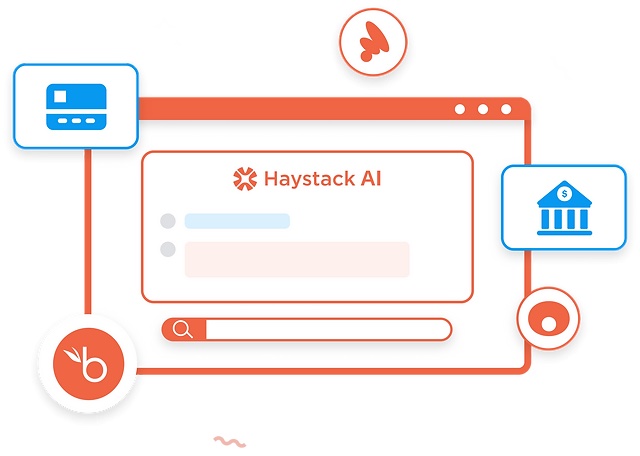Haystacker Is the Newest Internal Tool Helping the Washington Post’s Journalists Harness AI for Informed Reporting
The Washington Post has published its first story using its new AI tool called Haystacker, which enables journalists to analyze large datasets – whether video, photos, or text – to identify newsworthy trends or patterns. The tool, developed in-house by the Post’s engineering team in collaboration with its newsroom, is part of the company’s broader push to create AI tools tailored specifically to the needs of trained journalists. “It’s a far superior product than just the general purpose stuff you get from Big Tech,” said Vineet Khosla, the Post’s chief technology officer, in an interview. This approach is similar to the Post’s earlier efforts to build its own content management system, ArcXP, nearly a decade ago, which was designed to meet the unique needs of news publishers.

While Haystacker is currently focused on serving the Post’s internal teams, Khosla hinted that it could eventually be shared with other newsrooms. “I’m pretty sure this, or some variation of it, is going to make it back to the industry at large… There is no intention of keeping it just for us,” he noted. For now, however, the tool is primarily used by the Post’s visual forensics and data journalism teams, helping them tackle complex data analysis. In the first story to feature Haystacker, the Post analyzed more than 700 political campaign ads related to immigration from the first half of the year. The AI tool helped journalists discover that nearly 20% of the ads included footage or photos that were outdated, lacked context, or were accompanied by misleading voice-overs or text.

Haystacker is versatile, capable of handling any large dataset available to The Washington Post through public APIs, backend interfaces, or data partnerships. Beyond its ability to analyze data, it can also help journalists save time by summarizing lengthy video footage, such as condensing hours of a City Council meeting into a quick summary. This is crucial given the vast amount of video content that constitutes much of today’s internet traffic, making it nearly impossible for journalists to sift through without AI assistance.
This AI tool is the latest in a series of innovations from the Post. Last month, the newspaper introduced an AI-powered chatbot on its website that answers user questions about climate change with information drawn from Washington Post articles. The company also launched a new AI tool that summarizes articles. According to Khosla, the Post plans to ramp up investment in this summary tool as the election season approaches. Despite these advancements, the Post has yet to finalize any deals to license its content to AI firms, though it continues to work with large language models to develop its internal tools. Khosla emphasized the Post’s open stance on collaborations, stating, “We will talk to any company that helps us expand our journalism, but we also want it to be fair.”









